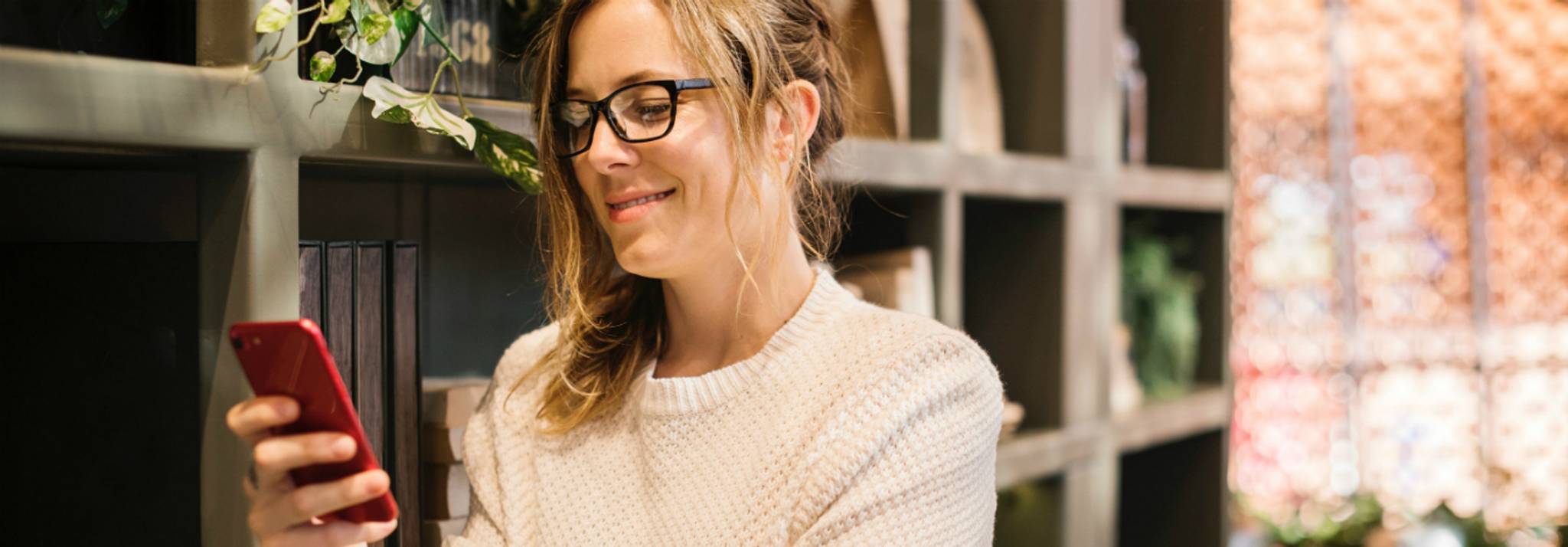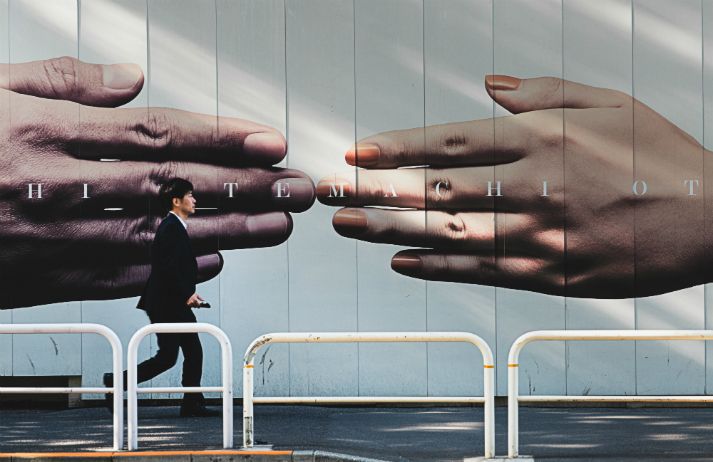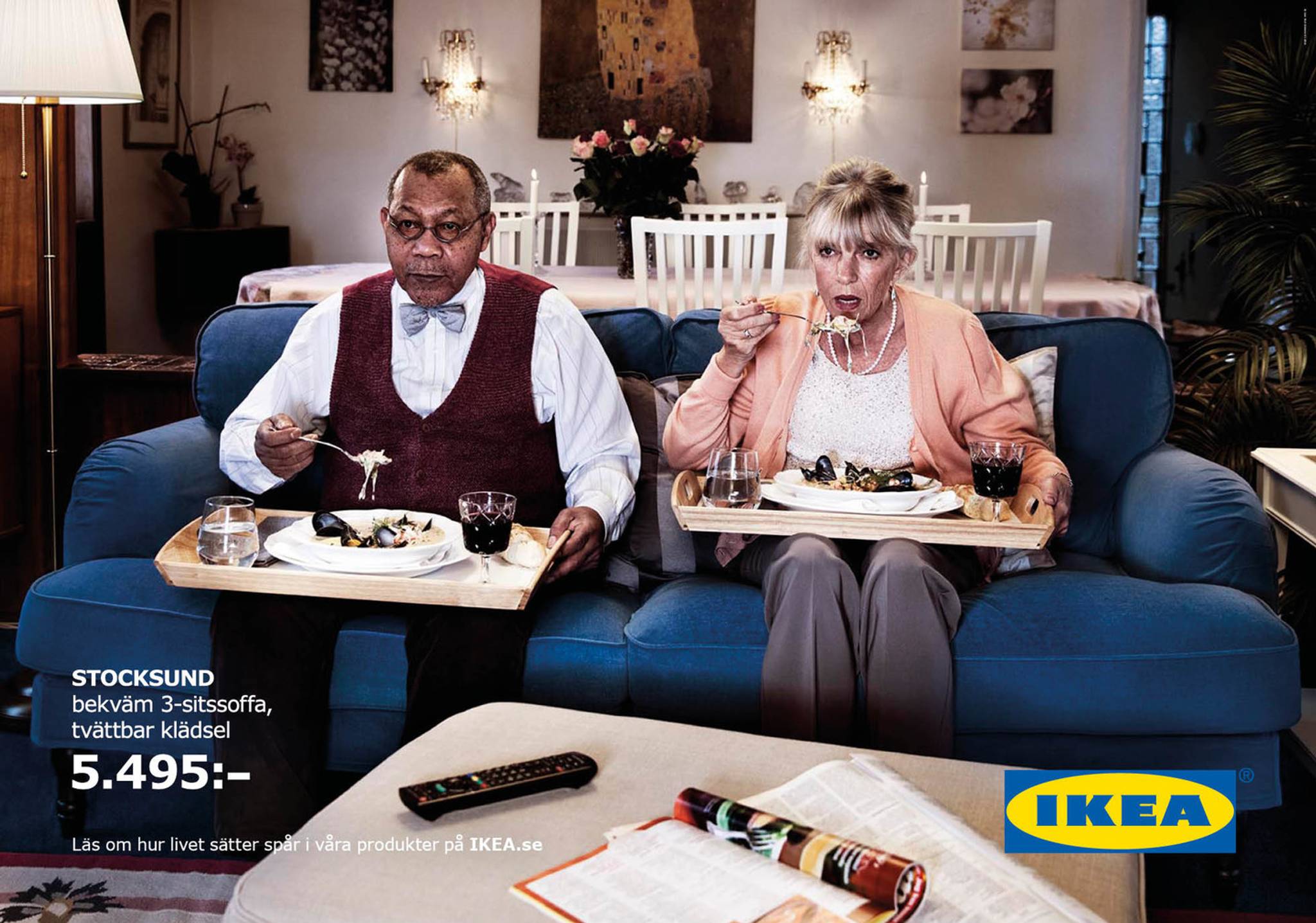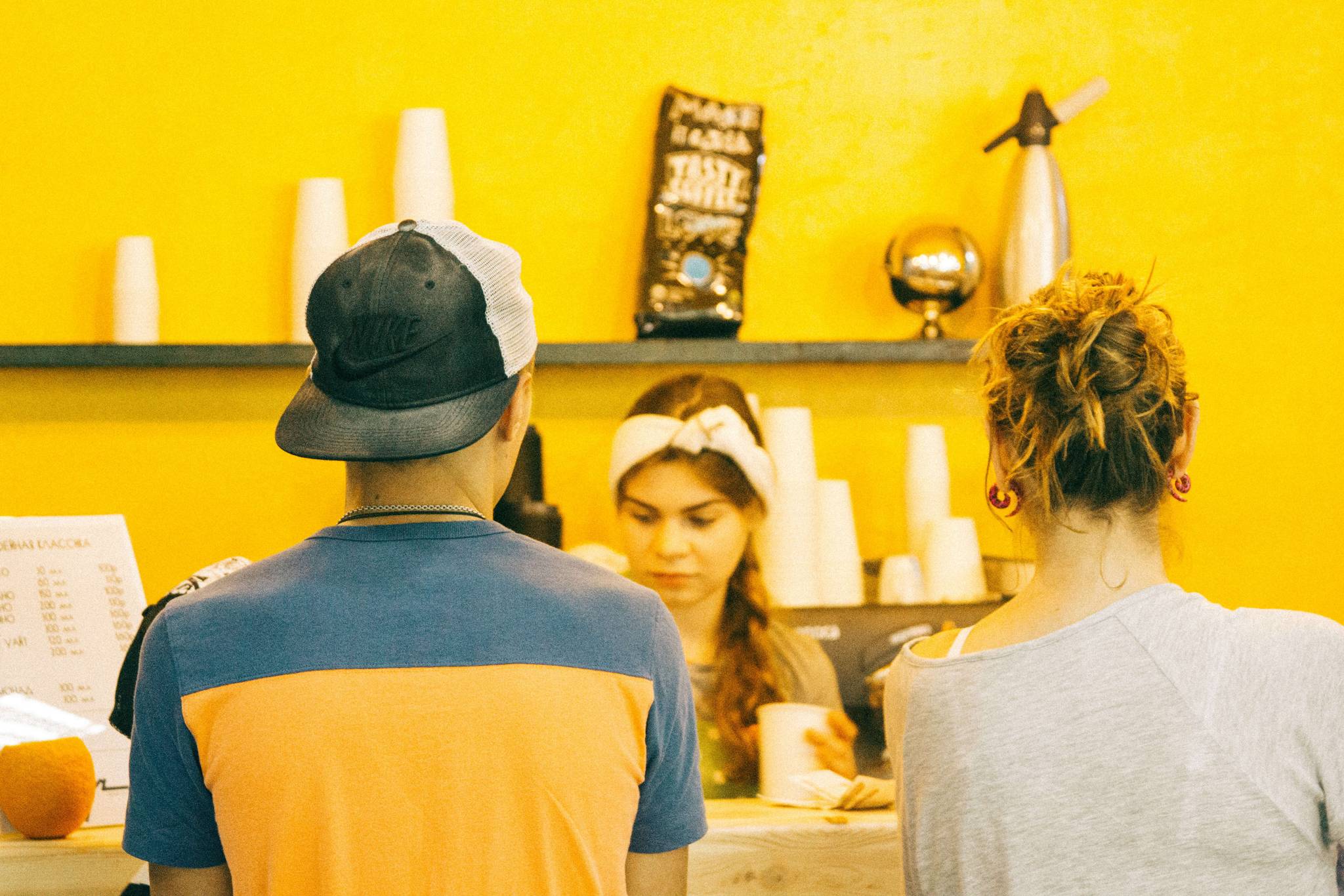
There are countless arguments as to how behavioural science can revolutionise the ways that brands communicate with their audiences. As part of an ongoing effort to connect our members with thought leaders from our network, we invited some of the best creative and strategic minds to a Breakfast Briefing with behavioural science expert Richard Shotton, the author of The Choice Factory, to explore the science behind how behavioural economics can help advertisers meet the challenges of tomorrow.
While advertisers have long been in the business of toying with our emotions, advances in technology, more sophisticated segmentation models, and the adoption of behavioural sciences mean they’ve gotten much better at it. Highlighting his first brush with behavioural sciences, Richard discussed how the murder of Kitty Genovese and the discovery of the ‘bystander effect’ sparked him to think about how these models could be better applied to the work he was doing at the time. After multiple internal and external experiments, he began noting down his results and over time created The Choice Factory, which outlines 25 key behavioural biases that influence what we buy.

The application of behavioural sciences in advertising is nothing new. For instance, De Beers’ ‘A diamonds is forever’, one of the most famous advertising campaigns of all time, harnessed the ‘scarcity bias’ to position diamonds as a rare stone befitting a ceremony that celebrates everlasting love. It also went on to set a high anchor price equal to one or two months’ salary to completely transform the industry.
As media consumption becomes increasingly globalised, behavioural sciences offer the ability to create coherent global strategies that appeal across different cultures. As Shotton explains: “A lot of biases are based on evolutionary principles. For example, ‘social proof’ biases us to do what everyone else does. That was a very sensible tactic to avoid danger, whether it’s running away from a fire or a predator.”
The key benefit of using behavioural science is its broad and varied applications, offering useful insights into shared behaviours, cognitive biases, and cultural differences. “Why behavioural science is so much better is that there is no one grand theory,” says Shotton. “There are hundreds of biases that have been identified and it’s therefore incumbent on us to pick the bias that is most relevant to the problem we’re facing and apply it.” As Shotton argues, “advertising is a phenomenally varied thing. It stretches from Gatwick lobbying the government to get an extra runway to an old granny sticking a poster up on a telegraph pole trying to find their lost cat. These are phenomenally varied things, how can there possibly be one solution which solves all of these issues?”
You can read the full thought leader piece here.
Hannah Callaghan is an account executive at Canvas8, which specialises in behavioural insights and consumer research. When she’s not helping clients navigate the deepest layers of the Canvas8 Library, she’s probably binge-watching RuPaul’s Drag Race or befriending other people’s dogs.



